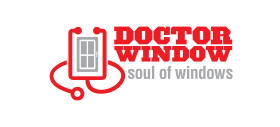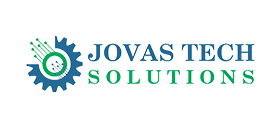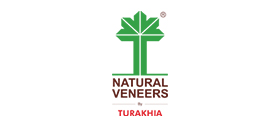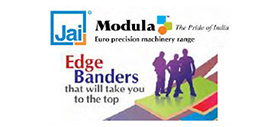Rice bran wax: a sustainable alternative
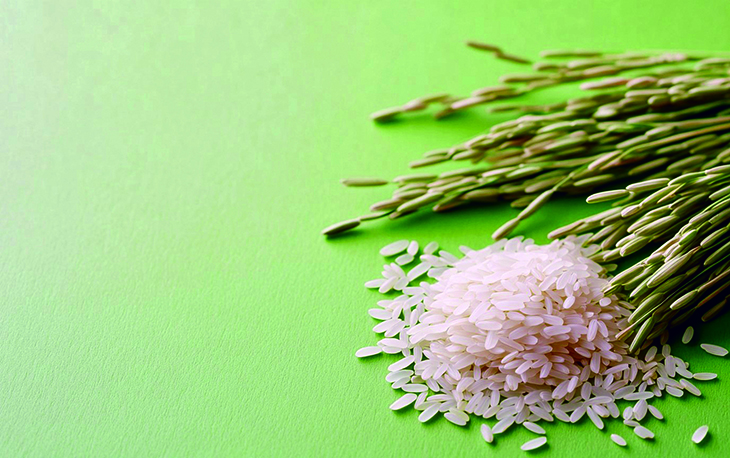
At a time when sustainability in gaining increasing attention, the choice of materials in product manufacturing has gained critical importance. For years, montan wax, derived from lignite coal, has been a staple in coatings and plastics due to its performance and cost-effectiveness.
However, the environmental drawbacks of fossil-based materials compel us to explore alternatives. Rice bran wax emerges as a bio-based, renewable substitute that offers similar performance to montan wax while significantly reducing environmental impact.
Montan wax’s reliance on non-renewable resources raises several concerns. The processing of lignite coal contributes heavily to greenhouse gas emissions, exacerbating global warming and leading to more frequent natural disasters and ecological disruptions.
Further, open-cast mining linked to coal extraction results in deforestation, biodiversity loss, and contamination of soil and water. The finite nature of fossil fuels poses a risk to future generations. Unlike renewable resources, fossil fuels cannot be replenished on a human time scale.
The European Union’s Emissions Trading Scheme (EU ETS) is further pressuring industries to shift away from fossil materials, with the cost of CO2 emissions in Germany expected to rise from €45 to €55 per tonne by 2025. This increase impacts operational costs and profitability for companies reliant on these resources.
Renewable option
Rice bran wax, a by-product of the rice industry, presents a renewable alternative that sidesteps the environmental pitfalls associated with fossil fuels. By utilising this agricultural by-product, manufacturers not only reduce carbon emissions but also add value to an existing industry.
Clariant International’s Licocare RBW Vita rice bran waxes exemplify the potential of this bio-based option, boasting over 98% renewable carbon content and a carbon footprint reduction of up to 80% compared to montan wax. This significant reduction aligns with both regulatory demands and corporate sustainability goals.
Contrary to the belief that sustainable options compromise performance, rice bran wax demonstrates impressive characteristics in coatings and consumer products. It provides excellent gloss, hardness and compatibility, making it a viable alternative to montan wax.
In certain applications, it even offers additional advantages, such as enhanced performance in metal packaging, furniture finishes, and protective coatings.
Moreover, Licocare RBW Vita additives serve effectively as lubricants and dispersion aids in engineering thermos-plastics and bio-polymers, further decreasing reliance on fossil-based materials.
Incorporating rice bran wax into plastic formulations can enhance processing efficiency and material properties, meeting the high-performance standards of the coatings and plastics industries.
Embracing the shift
As the coatings and plastics sectors increasingly prioritise sustainability, the decision between montan wax and rice bran wax becomes clearer. The former’s fossil origins and environmental costs render it less viable for the future.
In contrast, rice bran wax stands out for its renewable nature and superior performance, embodying the future of sustainable materials.
Adopting rice bran wax allows scientists, product managers, and formulators to contribute to environmental improvement while maintaining or even enhancing product performance.
This transition supports various UN Sustainable Development Goals, including SDG 12: Responsible Consumption and Production and SDG 13: Climate Action.
The shift to rice bran wax not only drives innovation but also offers a significant opportunity to align with broader sustainability objectives. (Courtesy: www.clariant.com)
Comments

- ‘Red gazelle’ makes window installation easy
- Felder’s solutions for window and door production
- Versatile sliding-folding systems from Hafele
- Door line automation from Woodtech Consultants
- Accutec solutions for uPVC windows
- Jowat’s VOC-free primer for window profile wrapping
- Flexible solutions for doors, windows from SCM
- Tostem introduces Giesta steel doors; calls for dealers
- Folder system by Salice optimises cabinet space
- Turakhia has top-quality veneers for doors
- Mirka has solutions for difficult sanding of doors
- When Lamello’s Cabineo became a game changer
- Digital lacquer embossing for flooring from Hymmen
- Weber sanders help achieve luxury surfaces
- Rehau has designs on growing edge band market
- Samet ties up with Greenply to tap Indian hardware market
- IMA Schelling sets up base in India
- Hettich earns BIS nod for hinges, runners
- Biesse India now a Multi-Material Expert
- The importance of selecting the correct tools
- Indian cabinet maker shines at Lyon WorldSkills
- ‘Collaboration holds the key to success’
- Fibreboard recycling becomes a reality
- MumbaiWood now a recognised destination
- Knock on wood: A bouquet of training courses!
- Ligna 2025: ‘Thinking in circles’
- CIFF-Shanghai focuses on furniture design
- Felder hosts in-house show, Technology Days
- Interzum Forum Italy makes impressive debut
- Koelnmesse ties up for 3-in-1 Jakarta fair
- WOFX: a global hub for innovation and growth
- Events Calendar: industry fairs you must visit
- 3D is printing sustainable housing solutions
- Hard or soft? Researchers discover new wood type
- Master, apprentices take AHEC’s cherry challenge
- ‘Zero-to-launch’ modularity transforming hospitality
- ICA’s Urban Matter is about satin-finish metal effect
- MTC’s ‘Woven timbers’ create waves
- Impact of material in interior design
- Underestimated danger: Sharp edges
- Playing safe on clothing storage units
- ‘Green’, 3D-printed panel floors it!
- Adhesive-free joining of wood, metal
- Energy-efficient manufacturing of fibre-based products
- Rice bran wax: a sustainable alternative
- Dual-side hand sanding block has unique features
- Bio-based products for sustainable development
- ‘Wood Vaulting’ may enhance CO2 sequestration
- Protecting forests through advanced AI
- Forest certification benefits wildlife too!
- Elizure, the Rolls Royce of laminates!
- Rehau unveils new Rauvisio Riviera collection
- Hawa Concepta III: upgrade to seamless functional doors
- Hafele’s RE-Twist locks in on security
- Optimus machines feature tomorrow’s technology today
- Merino unveils cutting-edge offerings
- Ornare launches new premium laminates
- New nesting models from SCM
- Advanced moulder, membrane press from Woodtech
- Greenlam Laminates unveils exclusive display centre in Pune
- EUDR implementation dates may be deferred
- Herman Miller introduces bamboo upholstery
- Altendorf named ‘Brand of the Century’
- Catas to verify its test reports
- Combilift wins two prestigious awards
- Holz-Her management transition
- Replica of the Oval Office opens
- Ozone Blu sets up experience centre
- SCM opens new subsidiary in Slovenia
- VDMA faces business stagnation
- RentoMojo reports strong growth in FY24
- Century Plyboards on expansion mode
- Subhra named DG of FSC
- Meta to assist Skill India Mission
- Sugatsune opens Bengaluru experience centre
- Dieffenbacher acquires Pagnoni
- Pepperfry partners with Infra.Market
- Hafele opens light store in Chandigarh






































